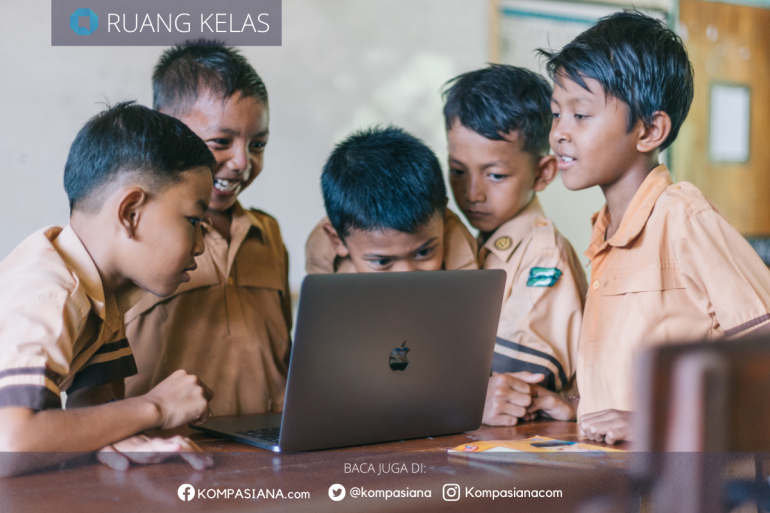Thailand's media landscape in disruptive era
We all know that we study a lot about communication. So this is a very classic process of communication; sender, message, channel, receiver. However in this time the process has been changed receiver is not only passive receiver anymore. They became center as well. So it's two-way communication.
Receiver can be sender, the send message through channel to sender which is now become a receiver. So the landscape and ecosystem, we would like to call it more like ecosystem.
Ecosystem of communication has been changing and shifted a lot over the past decade. Next, the things that make it happen this is what we call discruption. Actually when we talk about discruption it's not only about communication discruption but we have heard a lot about discruption from many fields financial aspect. In Thailand, they just have their smartphone and they don't need to carry cash, they don't need to carry their wallet anymore.
As you can see this example is very obvious in China. We know like having smartphone we can pay, we can do anything. Many of you don't need to go through the bank anymore but Thailand people still do transaction or financial transaction through their application. So in Thailand they've been gifted to cash left society and they rarely carry on their physical wallet anymore but when they come to media disruption. What does it mean? It means that there are technologies replace conventional technology.
For example in the past like when speaker started his career as a journalist, so he was a text journalist. What does it mean by a text journalist. So his duty is to type or to write and he can't take a photo because he enter his career when it was before digital camera developed.
Can you imagine how old he is? So actually at that time if you want to be a photographer you need to know how to develop film, it was that complicated and if you want to record a video you need to have a camera crew to go with you. So In order to cover a story, you need to have text journalist, you need to have photographer like still photographer.
If you want to take video, you need to have another video cameramen with you. In this case, if you going to cover a story three people have to go with you at the same time, you need a driver.
So normally when you want to cover a story in conventional way, you need to have at least four people to go with you that was before we get to know smartphone but right now because of digital disruption you can cover a story like nowadays, if you want to take a photo you use smartphone, if you want to record the voice of information you use smartphone, you want to do facebook you use smartphone.
So everything converted into one gadget. Then this is an example of media disruption or digital disruption. In studio like tv studio like in Thai pbs for example. There are no camera crew anymore because they use robot to replace cameramen. So for like Jess as a news anchor when he want to do the news anchoring or read the news announce the news he just only him go to a studio there are no cameraman at all because all of the camera controlled by robot.
So you can see that a lot of jobs will lost, you know like manpower will be cut. Even for the news anchor you have seen like AAI generated news anchor in China for example so we don't need to have like human news anchor anymore. There are pros and cons of this, the speaker did not say that it's good or it's bad but there are pros and cons because of media disruption but it's really changed our lifestyle, it changed our way that we consumed the media and it changed our career as well. So it really affect us a lot.







